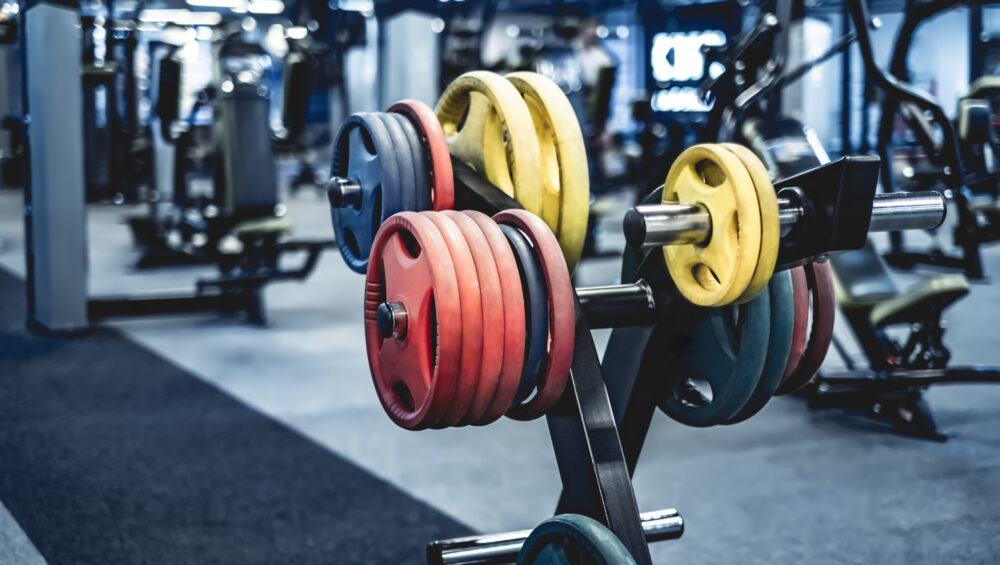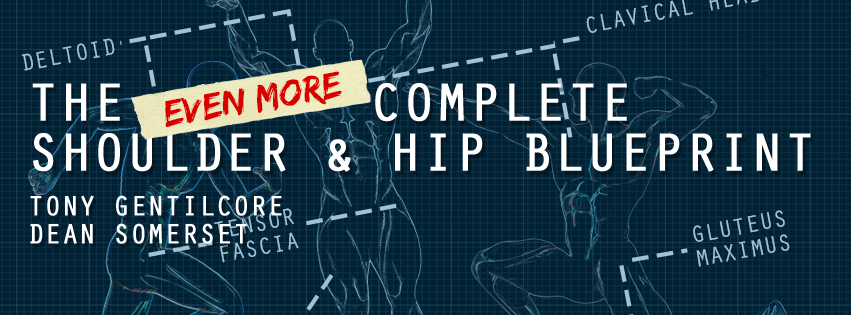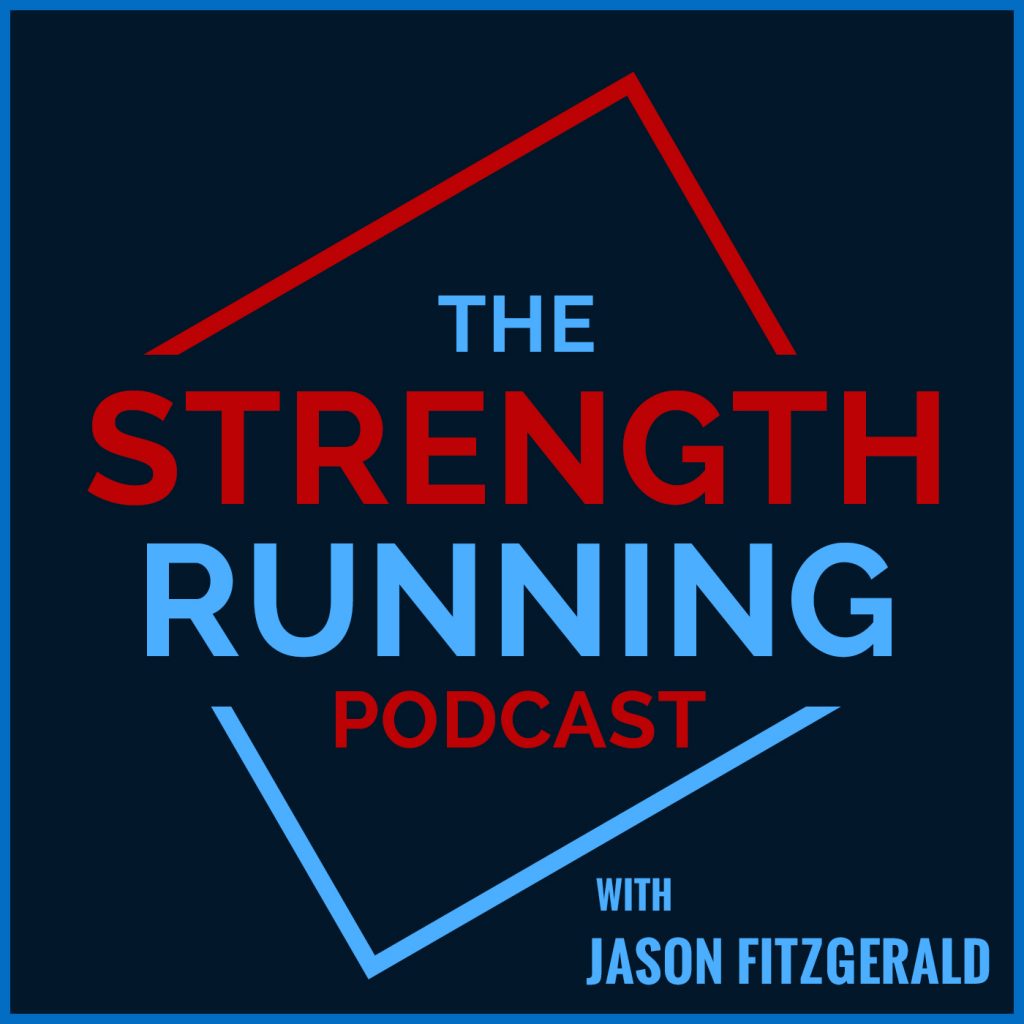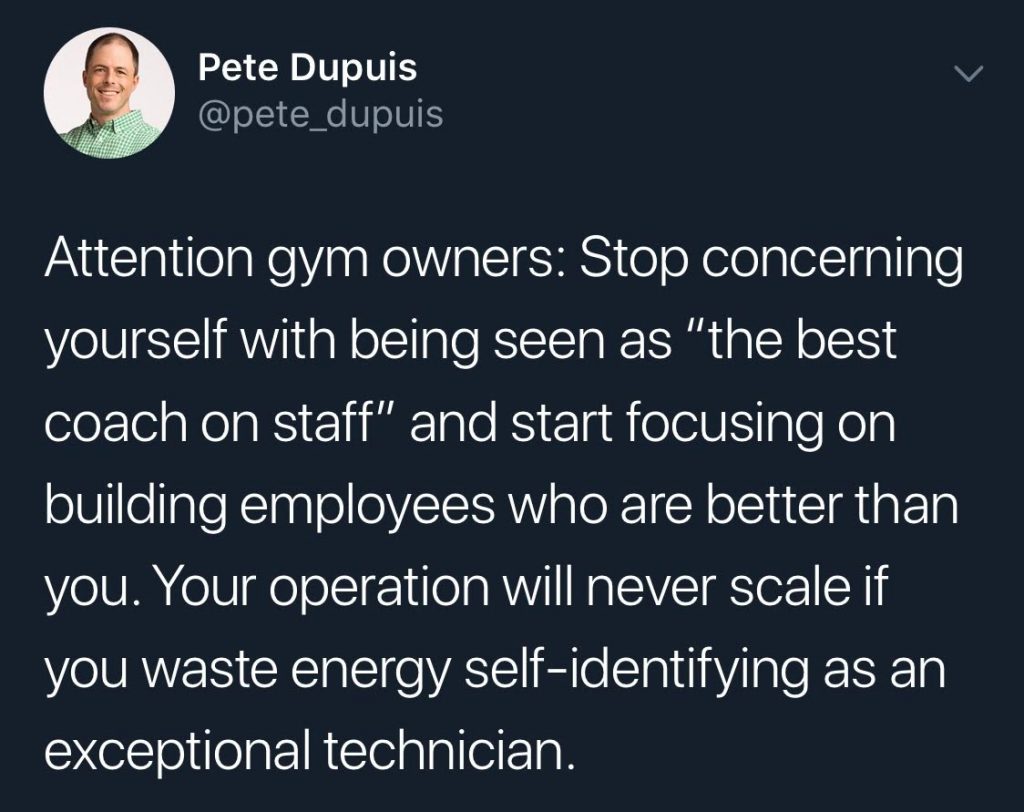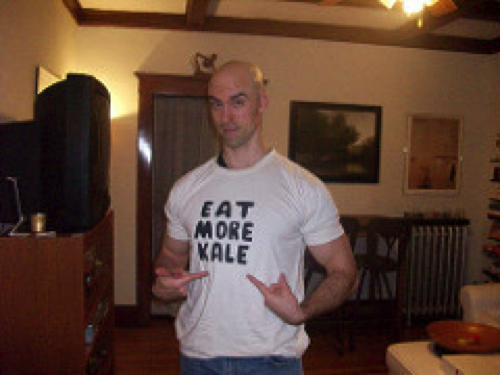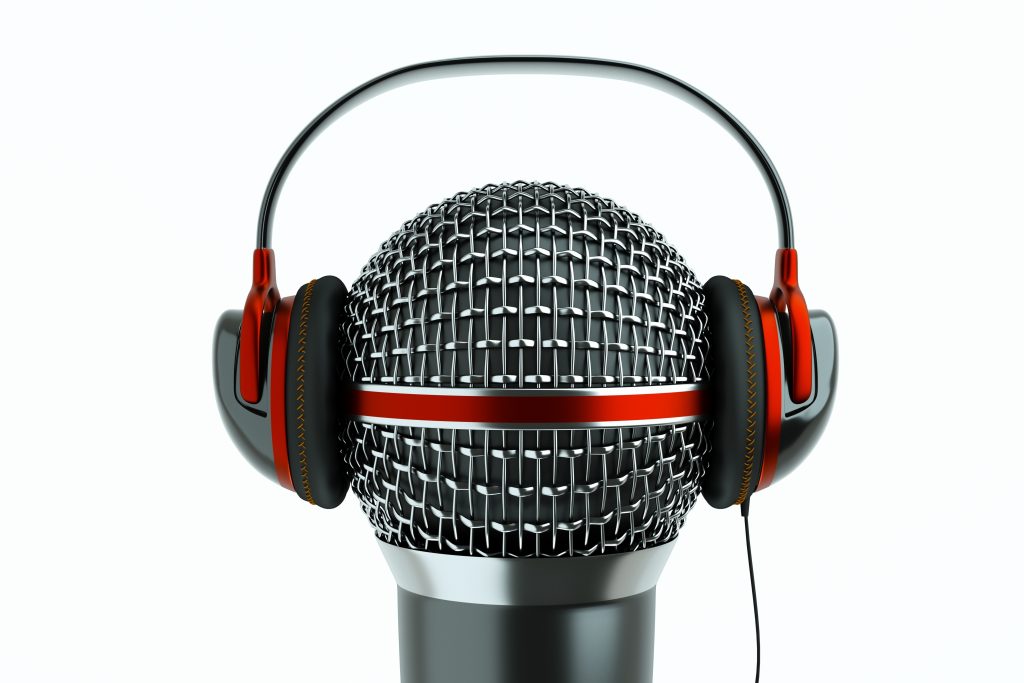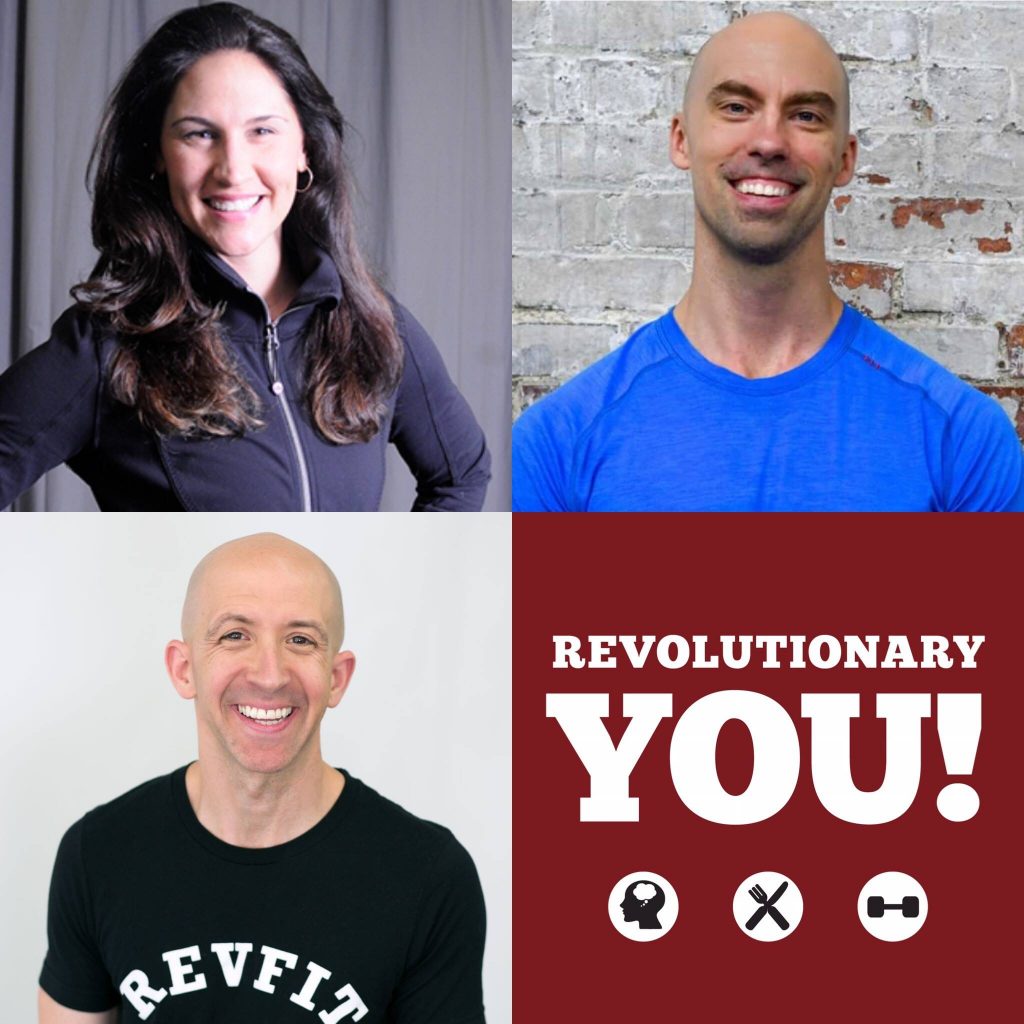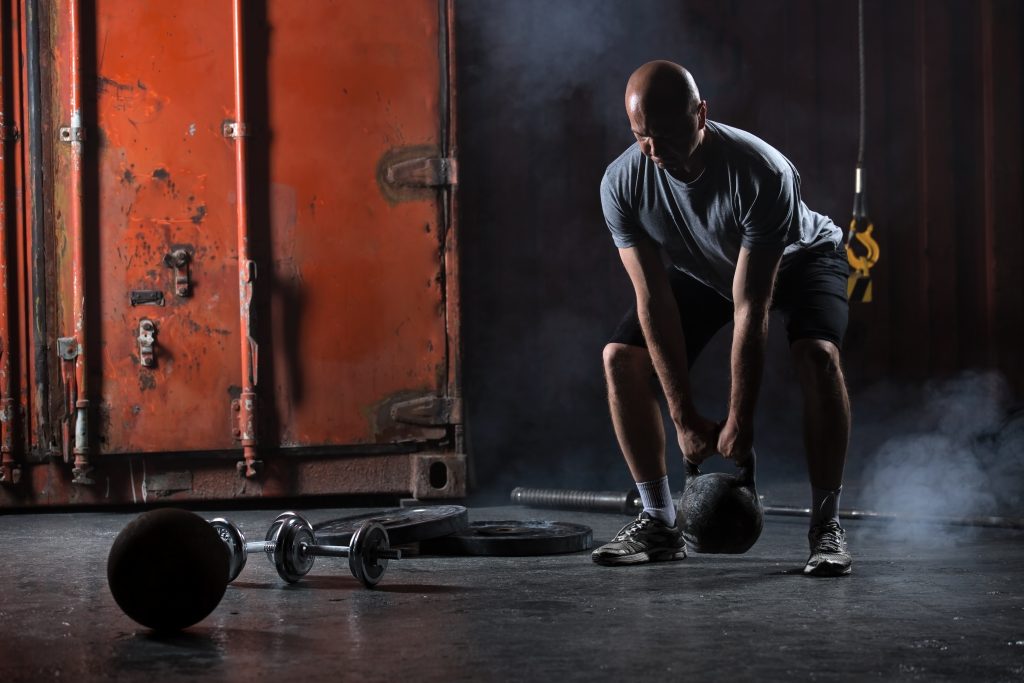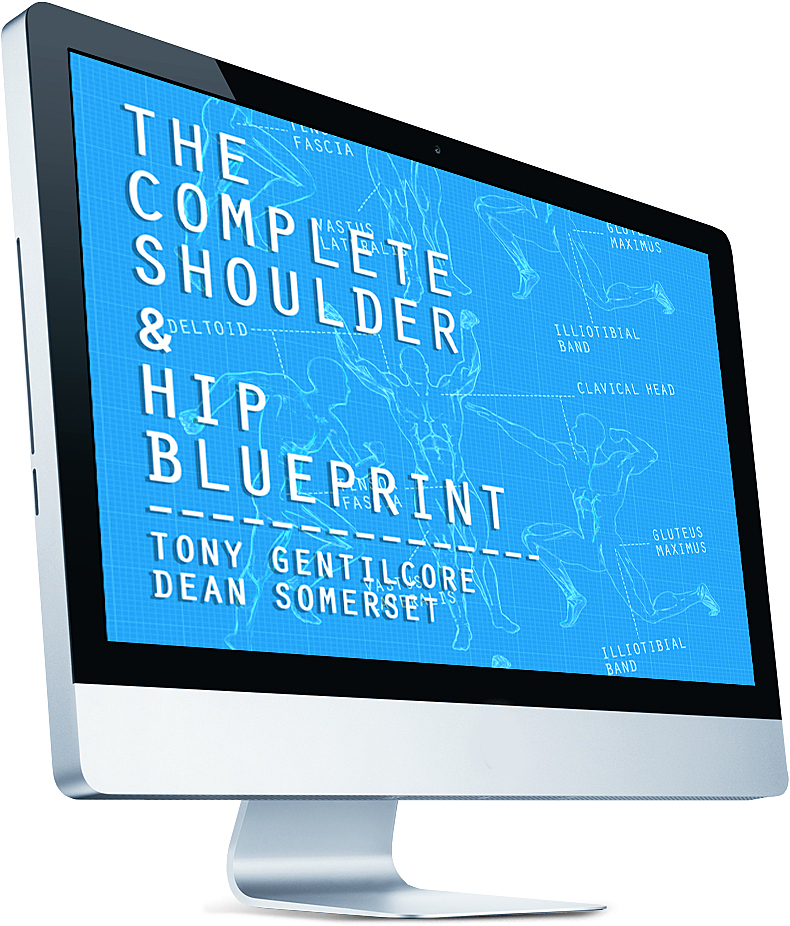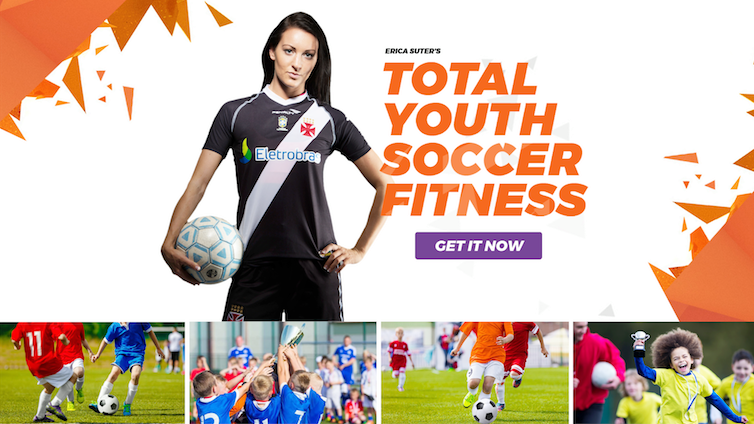My almost two-year old is obsessed with cars.
The vroom vroom kind.
We live on a busy street here in Boston so it’s more of less toddler catnip for him. It’s impossible to go for a walk and he not be transfixed with every Hyundai and Honda that whizzes by. Likewise, every book we read together he points out every car,
Car, daddy. Car, car, car, car.1
I’m obsessed CARs too. By contrast, though, I’m referring to Controlled Articular Rotations.
And they’re something I’ve been including into more and more of my warm-ups of late.

Adding CARs to Your Warm-Up
The concept of Controlled Articular Rotations is nothing new to the industry. Coaches like Pavel Tsatsouline have been singing their praises for decades.
However, there’s been a bit of a renaissance and cacophony of interest within the industry of late due in no small part to Andreo Spina and his Functional Range Conditioning (FRC) courses.

Full Disclosure: I have not taken any of the courses myself, and my only immersion with the concepts are through various colleagues of mine – Dean Somerset, Frank Duffy, Matt Crush, to name a few – who have taken the courses or who have been certified.
FRC is a system of joint health and mobility, and CARs are just one branch underneath the FRC umbrella. Or maybe I should use tree in this analogy?
Anyway, whatever, you get the idea.
CARs are active, rotational movements that explore the outer limits of articular (joint) motion. To steal a frame of thought from Long Island based strength coach Chris Cooper:
“Stretching and other mobility drills are great, but if you can’t control your body in that new range, then what’s the point.
Explore how your body moves, and then push its limits.”
Too, another component of CARs that’s important to respect is the idea of irradiation, which is just a fancy schmancy way of saying “tension.”
When CARs are done well they incorporate an immense amount of tension in the body so nothing else moves (spine, pelvis, etc) so you can capture as much range of motion possible in that one particular joint.
To borrow another scientific word, they fucking suck donkey balls when done correctly.
Here two of my current “go to’s” when it comes to how I’ve implemented CARs into my programs:
Scapular CAR
This is a fantastic option on upper body days before any heavy bench pressing. Moreover, in terms of overall shoulder health these are stellar. Many trainees have gotten into the unfortunate habit of “locking” their shoulder blades in place (most germane to the conversation: scapular downward rotation syndrome) and this drill is a great way to “unglue” everything.
Key Points to Consider
- This is NOT a passive position. Glutes on, abs on, make a fist with non-working side.
- Place side you’re working in scapular plane
- Pretend as if there’s a glass of water on your arm you don’t want to spill.
- Protract, shrug (elevate), retract, depress shoulder blade in a deliberate manner.
- My cat is such a diva.
Seated 90/90 Hip Switches
I like this drill a lot because it trains both hip internal and external rotation simultaneously.
NOTE: After I posted this my boy Frank Duffy chimed in to say this:
“From a hardo FRC standpoint 90/90 transitions aren’t CARs because they’re focusing just on the IR/ER component of the hips in flexion whereas CARs address all the joint motions. What’s demonstrated is technically considered an Isometric Movement Path (IsoMP).”
Note to Frank: Don’t ever embarrass me on my blog again.2
This is also a good choice to get the hips nice a juicy before a squat or deadlift session. I prefer to start people ground-based (sitting) with hip CARs before I implement quadruped and then standing variations.
Key Points to Consider
- My bad for the blatant crotch shot.
- Make a fist with both hands – squeeze coal into diamonds.
- Both feet must stay in contact with the floor at all times.
- Try your best to stay as upright as possible.
- If you need to regress, place hands on floor behind you.
The Warm-Up Blueprint For Lifting
Looking for some more ideas to spruce up your warm-up?
Listen, we all go through the motions when it comes to warming-up. I find most people fall into two camps:
- Team “nope, I’d rather walk over broken glass.”
- Team “the workout is the warm-up.”
You’re either someone who doesn’t do a warm-up (and likely always has achy joints and sub-par lifts), or someone who does warm-up, but then takes 45 minutes to go through a laundry list of “correctives” (and likely has achy joints and sub-par lifts).
I was recently given a copy Jack Hanrahan’s The Warm-Up Blueprint For Lifting and found it very useful.
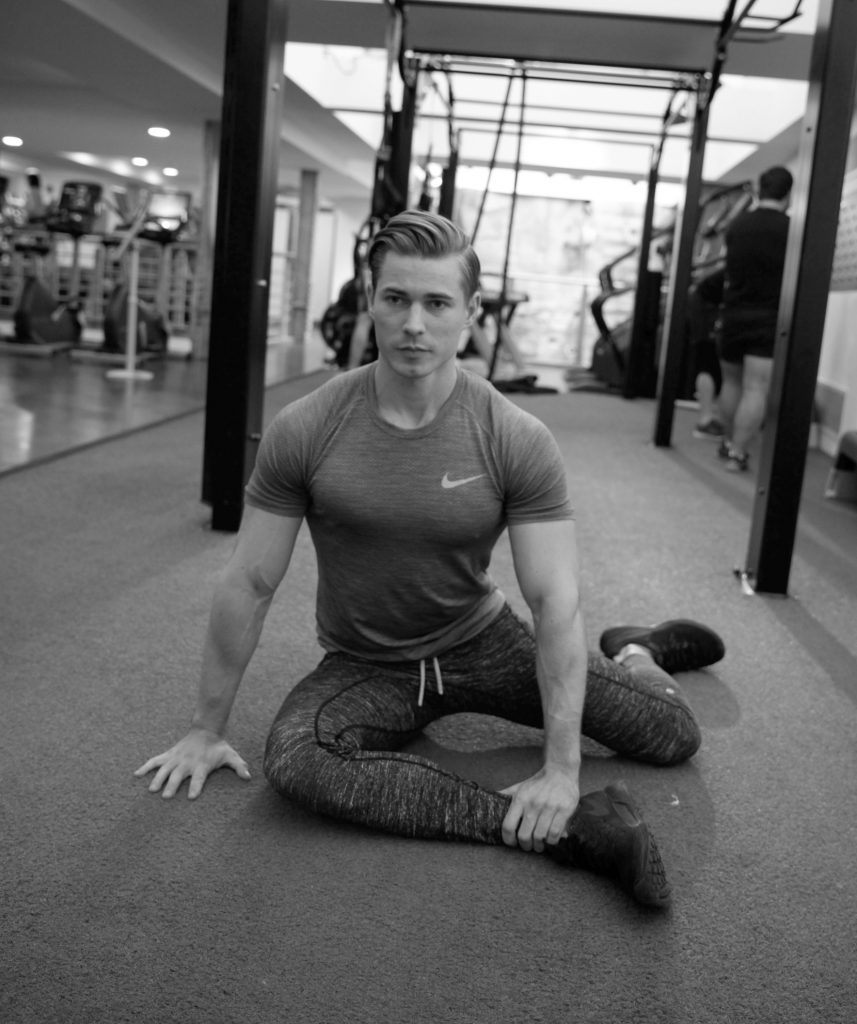
It shows you how to design your own customized warm-up using the concepts I discussed above and then some. It takes you through soft tissue release, dynamic stretching, CARs, and targeted muscle activation techniques to better prepare you for squatting, deadlifting, bench pressing, and overhead pressing.
What’s more it’s all done with a British accent.
Jack could read The Silmarillion or, I don’t know, the Wikipedia page for the Kreb’s Cycle and I’d pay to listen to it.
The best part is that this is a home study course. So you can go at your own pace.
Be sure to check it out HERE.

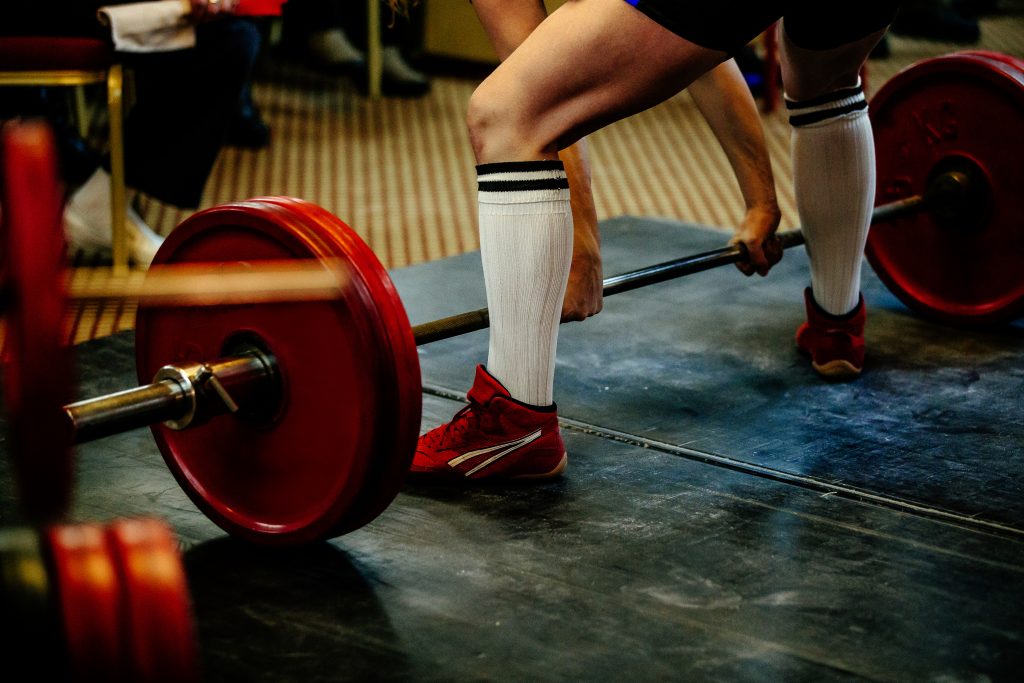
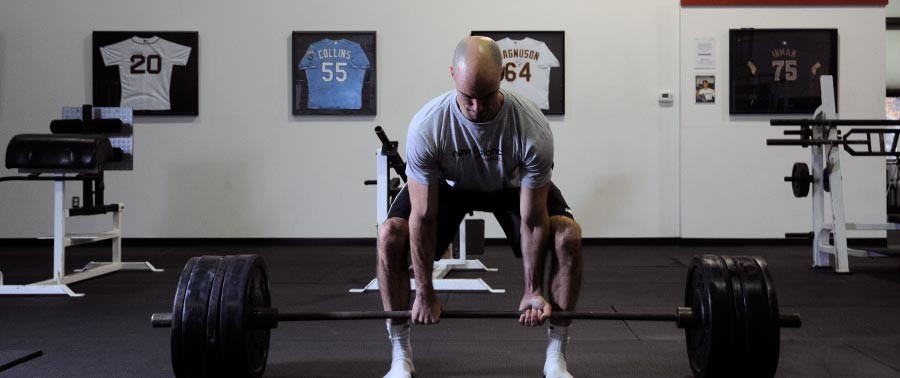
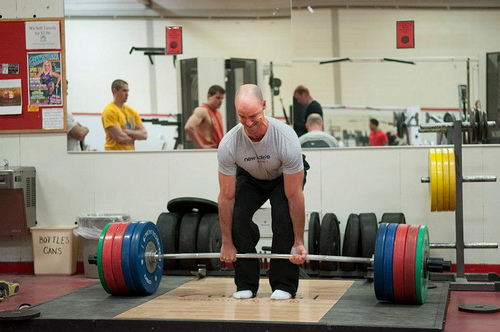
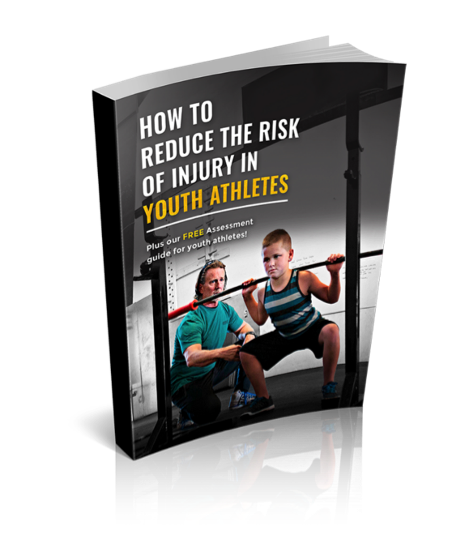 Since 2004, we have been driven by a relentless pursuit of best practices in youth training. Our focus on motor pattern training and physical literacy enhancement optimizes kids’ fitness and elevates their athleticism. We help protect kids and teens against sports injury, boost their sports performance, and push back against the forces behind obesity.
Since 2004, we have been driven by a relentless pursuit of best practices in youth training. Our focus on motor pattern training and physical literacy enhancement optimizes kids’ fitness and elevates their athleticism. We help protect kids and teens against sports injury, boost their sports performance, and push back against the forces behind obesity.